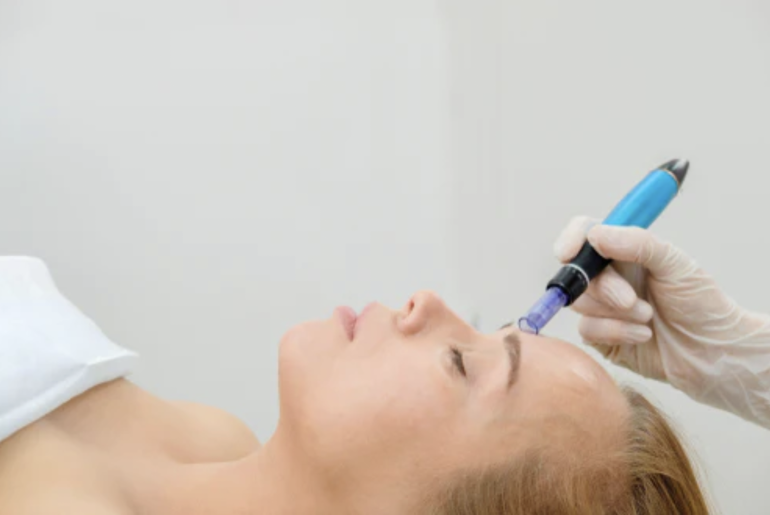After an acne breakout, you may experience texturized marks on your face (acne scars) due to inflammatory damage to your collagen. Acne scars can be stubborn to eliminate, and no single treatment is the gold standard for everyone if home skin care measures like wearing sunscreen or using medicated cream don’t help. You may be happy to know that Coral Gables Dermatology uses different approaches to reduce the appearance of acne scars. Your dermatologist may recommend one or a combination of the following treatments depending on skin type, scar type, and severity of scarring.
Chemical peel
A chemical peel is a procedure whereby a solution is applied to your skin surface to remove the top layers, allowing smoother skin to grow back. Your specialist can use different chemicals depending on the depth of your acne scars. For example, if you have shallow spots, a light or moderate peel may be the ideal treatment for you. Usually, subsequent treatments are necessary to maintain the results. However, for a deep chemical peel, one treatment is enough. Possible side effects of a chemical peel treatment include hyperpigmentation and infection.
Dermabrasion
Dermabrasion is usually reserved for more severe scarring; for this procedure, the doctor uses a rapidly rotating device to remove the top layers of your skin. Before treatment, you will receive numbing medication to maximize comfort during treatment. Some dermatologists offer the option of sedative or general anesthesia, depending on the extent of treatment. The treated areas may be painful, swollen, and red immediately after the procedure; the swelling usually subsides in a few days or a week. However, it may last for several weeks or months.
After dermabrasion, your doctor will give you instructions to follow at home, and you will likely schedule a checkup soon after treatment for the doctor to examine your skin and change the dressing.
Laser resurfacing
Laser resurfacing is a skin rejuvenation procedure that uses ablative or non-ablative lasers to treat minor facial flaws. With ablative lasers, treatment involves removing the thin outer skin layer and heating the dermis to stimulate collagen production. Collagen improves the skin’s texture and firmness, and the treated areas appear smoother as new skin grows. Non-ablative lasers also produce collagen growth, but they are less aggressive and require a shorter recovery time. However, the results are mild and not as visible as ablative lasers.
Dermatologists usually recommend laser resurfacing to treat scars that were once treated with dermabrasion. Your dermatologist may caution against ablative laser resurfacing if you have active acne, a history of keloids, or if you have had radiation therapy to the face. Pregnant and breastfeeding moms are also not eligible for ablative laser resurfacing. If you consider this treatment, consult with your specialist to ensure you are a good candidate.
Dermal fillers
Dermal fillers or injectable implants are soft, gel-like substances injected beneath your skin to create a smoother and fuller facial appearance. Your doctor can inject dermal fillers with indented scars to plump your skin, making your acne scars less noticeable. Results are usually temporary, so you may need subsequent treatments to maintain the outcomes. Treatment success also depends on the volume and type of filler used.
Book an appointment with your dermatologist at Martha Viera, MD, to establish the proper acne scar treatment for you.

